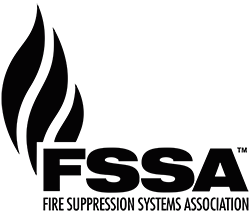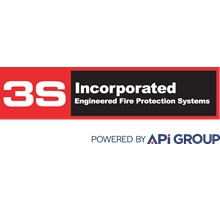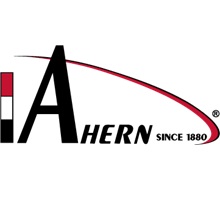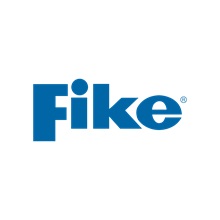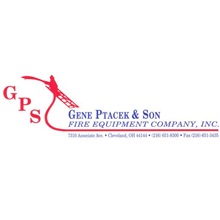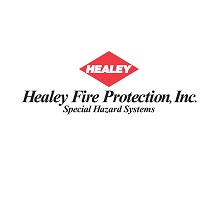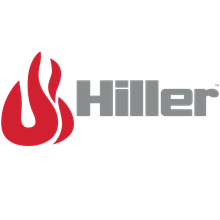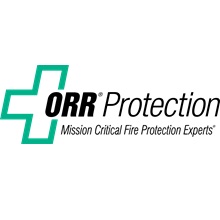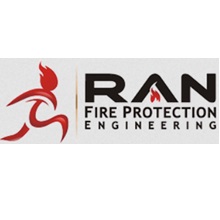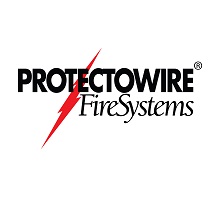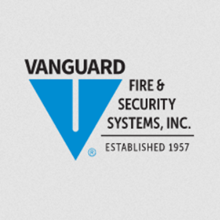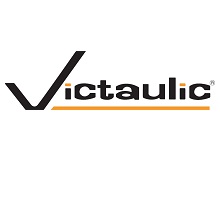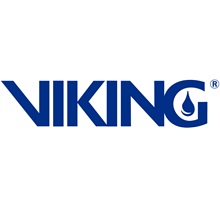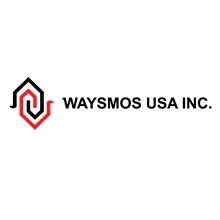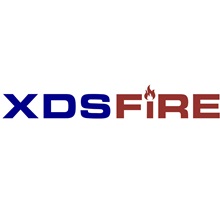NFPA 855: How are battery manufacturers working with UL to create safer batteries?
NFPA 855: How are battery manufacturers working with UL to create safer batteries?
UL 9540 and 9540 Testing. Like I said, the great part about NFPA is that they bring in all of these experts to include UL. So, UL is actually on the NFPA 855 committee. And when we have questions about the UL 9540a testing, they're there to answer the questions because all of the codes require these battery systems to be listed in UL 9540. Its robust fire testing that starts the standard and the listing starts with the manufacturer. How do they manufacture these batteries? What's the quality control? What happens when one cell goes into thermal runaway? What happens when the whole rack goes into thermal runaway? What happens when we lose the entire array? That's what these tests are, that's the data that we get. And if they can pass and get a UL 9540 listing, then we have some appreciation for the fact that these batteries are probably pretty safe. Now, obviously it still could go into thermal runaway. Things can happen, but for the most part we can say that it's listed and it's got all the safety features that we're looking for.
The goal is that we need to create batteries that don't propagate. And for those of you that don't know what propagation is, it’s if I have one cell that has a bad day, that its neighbor next door should not also have to have a bad day. We don't want one fire from one cell, go into a thermal runaway and then go to another cell, put that in a thermal runaway, and then we lose the entire array and then we lose the entire cabinet or lose the entire building. We need to create batteries that don't propagate, and that's the number one goal. All of the battery manufacturers are doing a bunch of testing. There's a bunch of good testing labs that are doing a lot of good work right now to try to create battery systems that don't propagate from one cell to another cell.
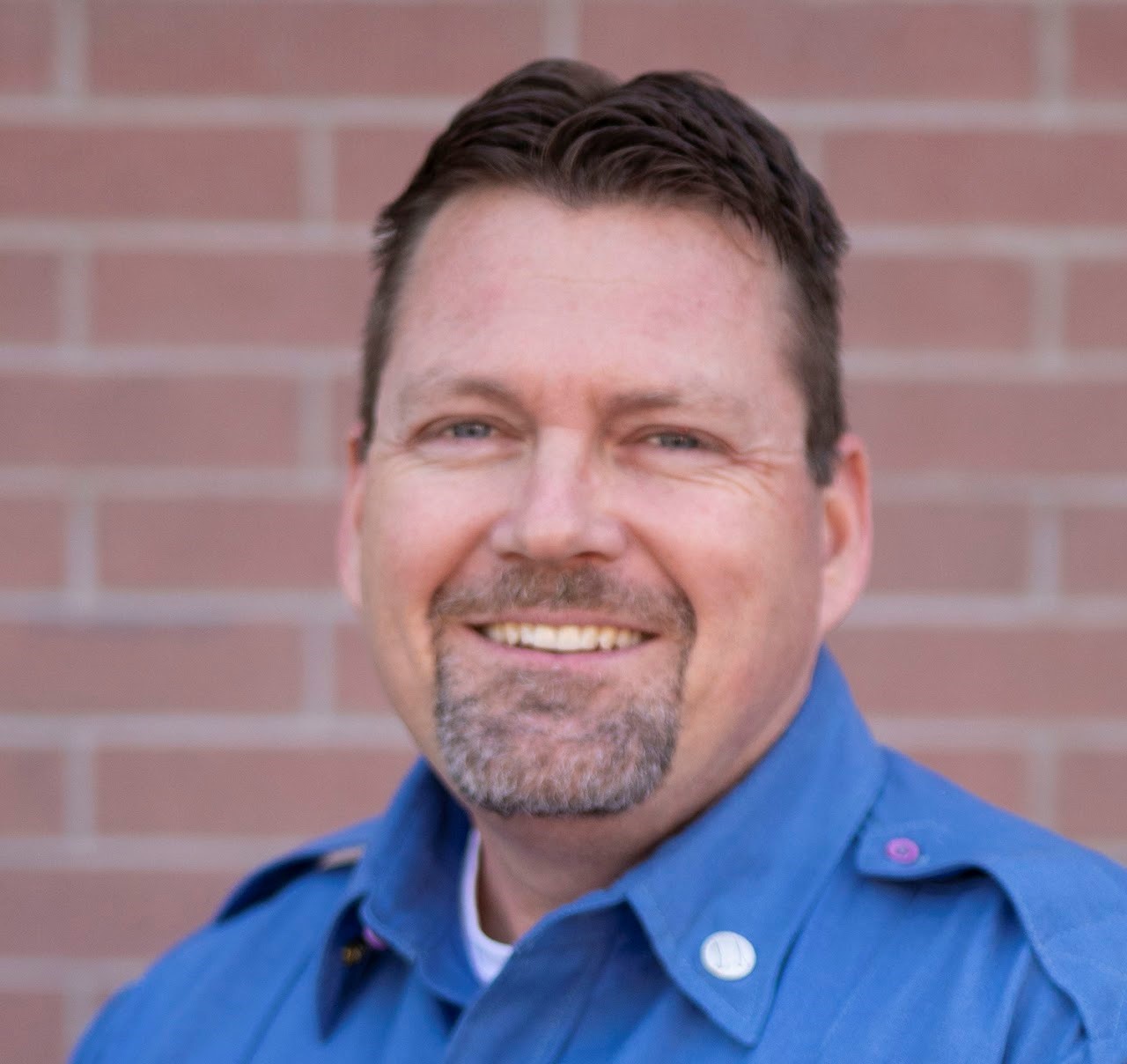 FSSA Series Presented by: Brain Scholl, Deputy Fire Marshall of the Phoenix Fire Department
FSSA Series Presented by: Brain Scholl, Deputy Fire Marshall of the Phoenix Fire Department
As a Deputy Fire Marshal that has seen the impact of ESS fires and incidents as well as a member of the NFPA 855 committee, Brian will share his perspective on how the code was developed, highlight lessons learned from serious ESS incidents, and how the code should be interpreted and applied. Brian Scholl is a Deputy Fire Marshal with the City of Phoenix Fire Department. Throughout his 22-year career, Deputy Fire Marshal Scholl has worked in many roles to include being the Public Information Officer and managing the Special Hazards Unit. This highly trained inspection unit inspects and permits any facility that stores, handles and uses hazardous materials including lithium ion batteries. Brian also serves on many different code technical committees to include NFPA 855, the standard for the Installation of Stationary Energy Systems and NFPA 420, the Standard on Fire Protection of Cannabis Growing and Processing Facilities.
Hear more from Brian first-hand at the upcoming FSSA 2024 Annual Forum which will be held February 22-26 in Phoenix, AZ. We hope to see you at the Forum!
Looking for more education on this topic? Videos are continuing to be added to the FSSA NFPA 855 Standard for the Installation of Stationary Energy Storage Systems Series playlist on YouTube. Subscribe to the FSSA channel for updates. Not an FSSA member? Join today and your entire company gains access to the FSSA Annual Forum, publications and communications, complimentary webinars, discounted training programs and more!
Take advantage of the FSSA new member promotion for Installers, Manufacturers, and Suppliers. This one-time introductory membership price is valid for any new member company or returning member company that has not been active in the last three (3) consecutive years.
